This is the second article in a series of three, explaining a correctional officer’s right to receive Duty Disability benefits following a debilitating, on-the-job injury. It is the perspective of the attorneys at Meuser Law Office that special consideration should be given to all government employees who devote their time to protecting the public, and, as such, they will work tirelessly to ensure injured correctional officers and other public employees are provided with fair access to Duty Disability benefits. Click here if you would like to read the first article in the series.
A. Element 1: Twelve Month Disability From Normal Duties
This element is largely self-explanatory. When a correctional officer is disabled from his or her normal duties for a period of twelve or more months, the correctional officer satisfies this requirement. It appears that to fulfill this standard a correctional officer does not have to be disabled from all duties that a correctional officer performs—rather, an officer must only be disabled from performing those duties that are considered “normal” to the job. Furthermore, correctional officers will often times apply for regular (non-duty) disability benefits in addition to Duty Disability benefits because the regular disability benefits has a lower standard. Regular (non-duty) disability benefits are awarded when:
a condition that is expected to prevent a member, for a period of not less than 12 months, from performing the normal duties of a local government correctional service employee . . . that results from a disease or an injury that arises from any activities while not at work or while at work from performing those normal or less frequent duties that do not present inherent dangers that are specific to the occupations covered by the local government correctional service retirement plan.
Minn. Stat. § 353E.001 (2012) (emphasis added). The first element of a claim for regular (non-duty) disability benefits and the first element of a claim for Duty Disability benefits are identical, and therefore if a correctional officer is awarded regular (non-duty) benefits, PERA has unequivocally determined this officer has satisfied the first element of Duty Disability as well.
B. Element 2: Specific to Protecting the Property and Personal Safety of Others
To qualify for Duty Disability benefits, the duties the correctional officer was performing at the time of his or her injury must be specific to protecting the property and personal safety of others. The express language of Minnesota Statutes section 353E.001 is unambiguous with regard to “protecting the property and personal safety of others,” and is not reasonably subject to more than one meaning. See Minn. Stat. § 353E.001 (2012). In general, the word “protect” is defined as to keep someone or something from being harmed, lost, or damaged.
Correctional officers are “directly responsible for the direct security, custody, and control of the county correctional institution and its inmates” and are “expected to respond to incidents within the county correctional institution as part of the person’s regular employment duties.” See Minn. Stat. § 353E.02, subd. 2 (2012). A task performed by a correctional officer in furtherance of one of these duties would undoubtedly satisfy this element.
If you have been injured on the job and want to make sure you receive all the benefits you’re due, call Meuser Law Office, P.A. at 952-288-4667. Also, this article is the second in a series of three articles. Click here if you would like to read the first article in the series. Watch for part three in an upcoming blog post to learn more about how PERA cases are handled for injured correctional officers.








